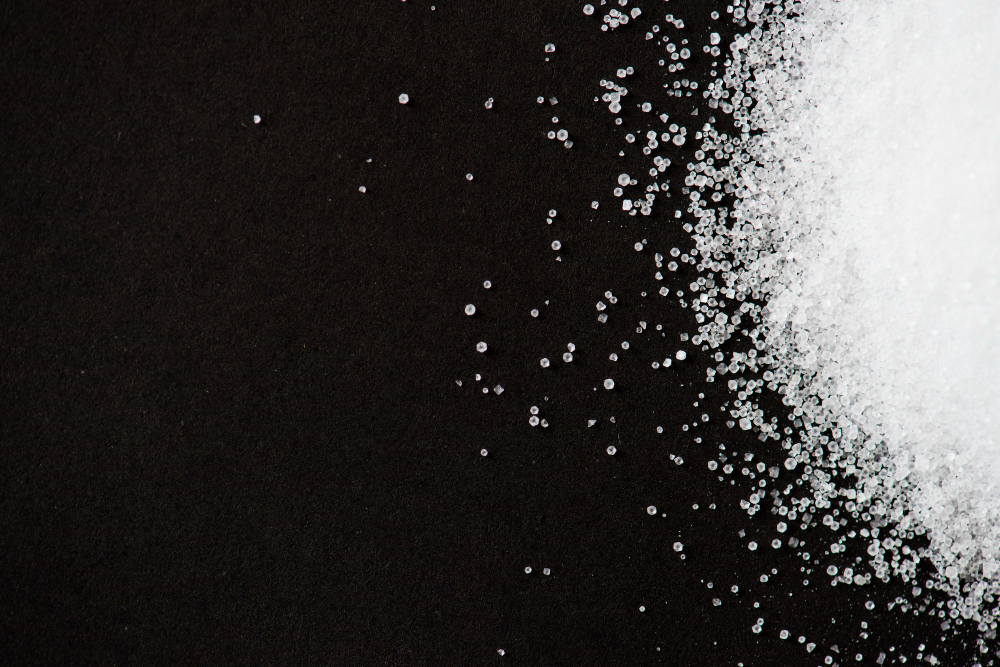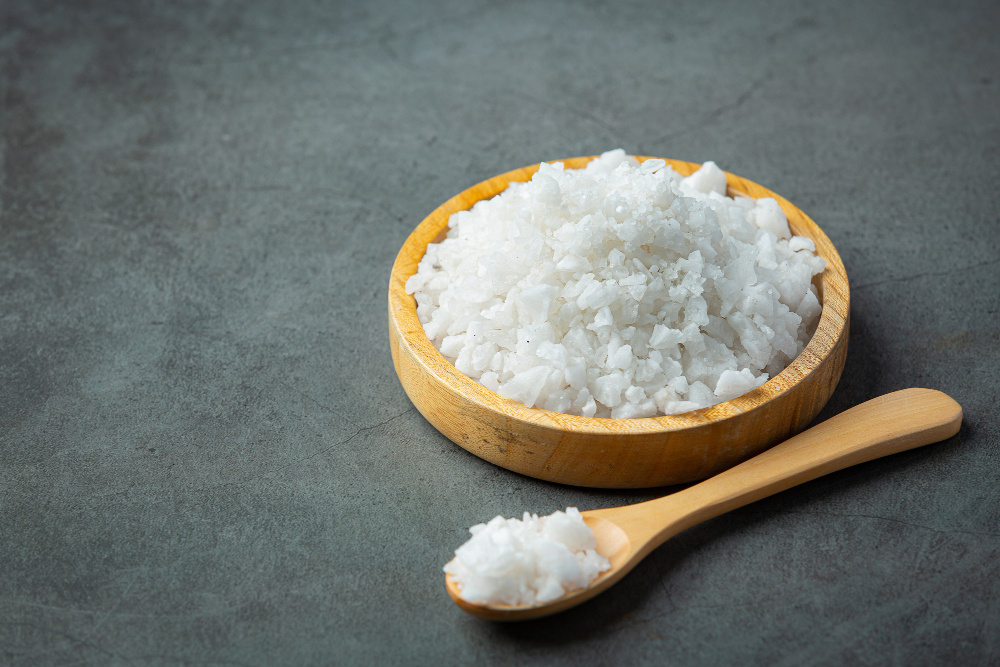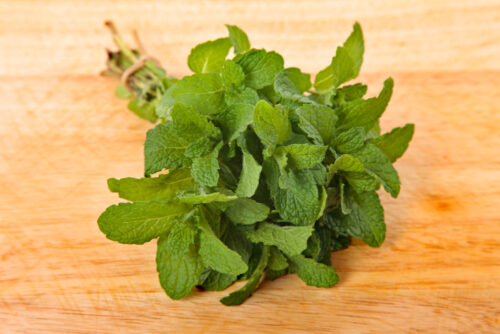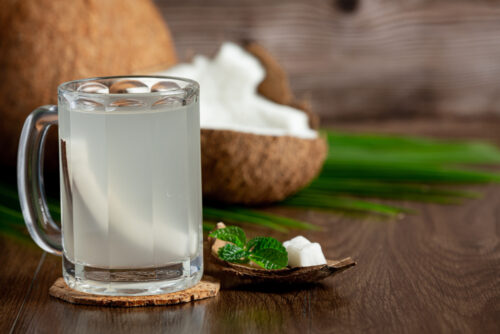Salt is a staple in most diets, enhancing the flavor of food and making meals more enjoyable. However, excessive salt intake is a major contributor to high blood pressure, heart disease, and other health complications.
With processed and fast foods becoming more common, many people consume far more salt than necessary, often without even realizing it.
The key to better health is limiting salt and finding adequate and tasty substitutes. This article will explore why you should reduce salt intake, the best salt alternatives available, and practical ways to cut back without sacrificing flavor.
Why You Should Limit Salt
Sodium plays a critical role in bodily functions, such as maintaining fluid balance and nerve signaling. However, when consumed in bulk, it can wreak havoc on your health.
The American Heart Association (AHA) suggests that adults consume a maximum of 2,300 mg of sodium daily (about one teaspoon of salt), with an ideal limitation of 1,500 mg for optimal health.
Unfortunately, the average person consumes over 3,400 mg daily, far exceeding the recommended amount.
Excessive salt consumption has been associated with several severe health conditions:
- High Blood Pressure: Sodium leads the body to retain water, surging the volume of blood and putting extra pressure on arteries.
- Heart Disease & Stroke: High blood pressure can gradually damage blood vessels, increasing cardiovascular disease risk.
- Kidney Disease: The kidneys regulate sodium balance, and too much salt can lead to kidney dysfunction and even kidney failure.
- Osteoporosis: High salt consumption can cause calcium loss in urine, weakening bones over time.
- Bloating & Water Retention: Too much sodium can lead to puffiness, swelling, and discomfort.
Substitutes for Salt: The Best Alternatives to Maintain Flavor
Reducing salt doesn’t mean sacrificing taste. Several healthy salt substitutes can add depth and complexity to meals while keeping sodium intake in check. Below are the most effective alternatives:
1. Herbs and Spices: Natural Flavor Enhancers
Herbs and spices are effective ways to add bold flavors without sodium. Some of the best options include:
- Garlic & Onion Powder: Rich, savory flavors that can replace salt in most dishes.
- Paprika & Smoked Paprika: Adds a subtle sweetness and smokiness, enhancing grilled or roasted foods.
- Turmeric: Offers a warm, earthy flavor with powerful anti-inflammatory benefits.
- Basil, Oregano, and Thyme: Classic Mediterranean herbs that add richness and depth to any dish.
- Cayenne & Black Pepper: A little spice can introduce a strong taste, reducing the need for salt.
- Cumin & Coriander: Perfect for Indian, Mexican, or Middle Eastern dishes.
2. Citrus Juices and Vinegars: The Power of Acidity
Acidic ingredients can brighten flavors, making dishes more vibrant without needing extra salt.
- Lemon & Lime Juice: Enhances both savory and sweet dishes, making flavors pop.
- Apple Cider Vinegar: Ideal for salad dressings, marinades, and roasted vegetables.
- Balsamic Vinegar: Adds sweetness and complexity to meats, salads, and even fruit.
3. Nutritional Yeast: A Cheesy, Umami Boost
Nutritional yeast has a nutty cheese sort of flavor and is a fantastic alternative to salt and processed seasonings.
It’s packed with B vitamins and provides a savory umami taste that enhances soups, pasta, and snacks.
4. Salt-Free Seasoning Blends
Several brands offer pre-mixed, salt-free seasoning blends that combine multiple flavors for convenience. Examples include:
- Mrs. Dash: A well-known brand with different herb-based seasoning blends.
- Trader Joe’s 21 Seasoning Salute: A mix of herbs and spices without any sodium.
- DIY Blends: You can mix your own using garlic powder, black pepper, onion powder, and paprika.
5. Seaweed & Kelp Flakes: Natural, Mineral-Rich Flavor
Seaweed-based seasonings, such as kelp granules or dulse flakes, provide a natural salty taste while offering additional minerals like iodine, magnesium, and potassium. They are crucial in Asian-inspired dishes, soups, and salads.
6. Miso Paste & Low-Sodium Soy Sauce
Miso paste (fermented soybean paste) adds a deep umami flavor with far less sodium than regular table salt. Low-sodium soy sauce can also be included in moderation for marinades and stir-fries.
7. Roasted Nuts & Seeds
Finely chopped toasted almonds, walnuts, or sunflower seeds can add yummy crunch and depth to dishes. They bring out natural flavors without the need for extra sodium.
8. Fermented Foods
Kimchi, sauerkraut, and other fermented vegetables offer tangy, complex flavors that enhance dishes naturally.
9. Potassium-Based Salt Substitutes: A Smart Alternative
Potassium chloride-based salt substitutes provide a salty taste with lower health risks than sodium chloride.
They can help regulate blood pressure and maintain electrolyte balance. However, patients with kidney disease or those on certain medications should consult their healthcare expert before using them, as excess potassium can be harmful.
By incorporating these alternatives, you can still enjoy delicious, well-seasoned meals without the health risks associated with excessive salt consumption.
Guide to Reduce Salt Intake
- Cook More at Home: Restaurants and processed foods contain high amounts of salt. Preparing meals at home allows you to control sodium levels.
- Read Labels Carefully: Look for “low-sodium” or “no-salt-added” versions of foods.
- Use Fresh Ingredients: Fresh vegetables, meats, and grains are naturally lower in sodium than processed counterparts.
- Taste Before You Salt: Many people add salt out of habit rather than necessity.
- Rinse Canned Foods: If you actively use canned beans or vegetables, rinse them to remove excess sodium.
Beware of Hidden Salt

Sodium is present in surprising places, even in foods that don’t taste salty:
- Bread and Baked Goods
- Cheese and Dairy Products
- Deli Meats and Processed Foods
- Canned Soups and Vegetables
- Salad Dressings and Sauces
- Breakfast Cereals
Checking nutrition labels and choosing fresh alternatives can help reduce hidden sodium intake.
What Happens if You Eat Too Much Salt?
- Short-term effects: Bloating, dehydration, and increased thirst.
- Long-term effects: Chronic high blood pressure, heart disease, kidney damage, and osteoporosis.
Who Should Limit Their Salt Intake?
While everyone should be mindful of sodium intake, some people are particularly vulnerable:
- Individuals with High Blood Pressure
- Heart Disease & Stroke Patients
- People with Kidney Disease
- Osteoporosis Patients
- Older Adults: The ability to process sodium declines with age.
Is Sea Salt Healthier Than Regular Salt?
Many people assume sea salt is healthier, but its sodium content is nearly identical to that of table salt.
The primary difference is that sea salt may contain trace minerals like magnesium and calcium. However, it should still be used in moderation.
Conclusion
Reducing salt intake is one of the most effective ways to improve overall health. You can maintain a satisfying diet without compromising taste by using flavorful substitutes like herbs, spices, citrus, and umami-rich ingredients.
By using the discussed substitutes of salt, you can enjoy the burst of flavors while keeping your sodium intake at bay.
Small adjustments, like cooking at home and being mindful of hidden sodium, can lead to long-term health benefits. Remember, food should nourish your body, not harm it.











